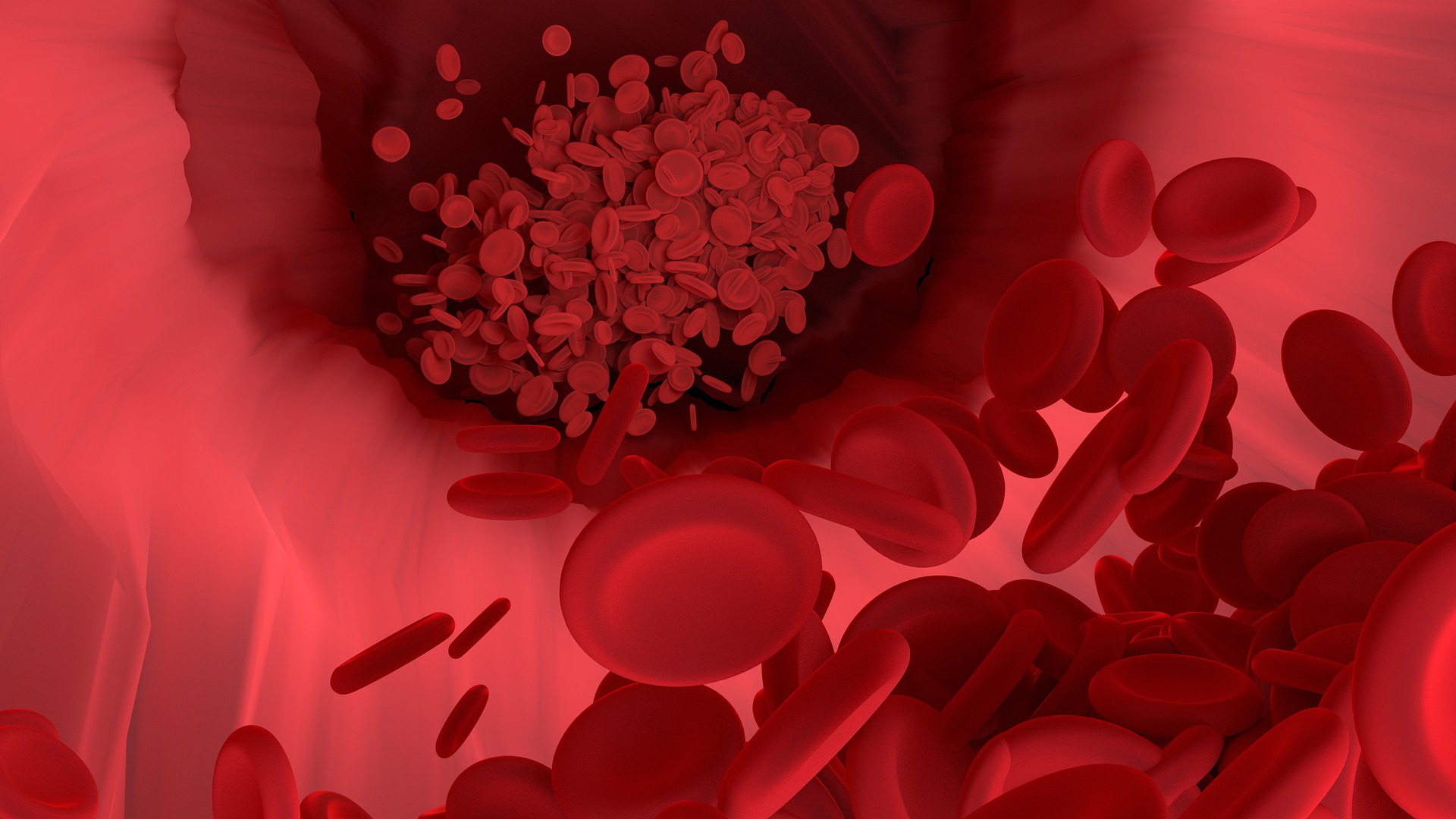Cold agglutinin disease (CAD) is a rare haemolytic anaemia that causes fatigue, chronic inflammation and thromboembolic complications.
Until recently, no therapies have been approved for CAD. Off-label rituximab – a B-cell depleting antibody – induces a short-lived partial response in around half of patients, and adding cytotoxic agents offer further benefit but at the price of serious toxicity. Clearly, better therapies are needed.
The pivotal involvement of the classical complement pathway in CAD has led many researchers to investigate complement-blocking therapies. One such therapy is sutimlimab: a highly humanized IgG4 antibody against complement component C1s. Sutimlimab was approved for CAD in 2022 based on the results of two pivotal phase III trials: CADENZA and CARDINAL.
In a new review published in touchREVIEWS in Oncology & Haematology, Ilene Weitz, MD – an Associate Professor of Clinical Medicine at Keck School of Medicine at the University of Southern California – describes the role of complement in CAD pathogenesis and discusses the rationale for selectively blocking the classical complement pathway to treat it. She then summarizes the clinical trial program for sutimlimab, starting with its phase Ib investigation and culminating in its phase III registrational trials.
Weitz begins by describing how the pathogenesis of primary CAD involves antibody-mediated haemolysis and thrombosis, and starts due to a non-malignant proliferation of B-cells. These produce immunoglobulin (Ig)M antibodies that bind the ‘I’ antigen on red blood cells, causing them to agglutinate. The IgMs optimally bind at 4–30.
Crucially, Weitz explains, this same interaction also activates the classical complement pathway: the I/I–IgM complex recruits C1, which via a series of protein cleavages activates the C3 convertase. One of its products, C3b, binds to red blood cells’ membranes, marking them for destruction either by the membrane attack complex or by macrophages in the liver.
“Since the classical complement pathway plays such an important role in CAD, C1s inhibition has been evaluated in several pivotal trials”
Indeed, C3 and C5 inhibitors have transformed outcomes for patients with other complement-involving conditions, such as paroxysmal nocturnal haemoglobinuria and haemolytic–uraemic syndrome. However, as Weitz explains, such therapies are dogged by increased risks of infection. Therefore, for CAD, which involves only the classical pathway, attention has been paid to upstream blockade at the C1 level to avoid the infection risks associated with blocking the entire complement system.
Ex vivo studies with an anti-C1s monoclonal antibody showed reduced haemolysis and lower levels of upstream classical pathway components, but preserved levels of C5. Sutimlimab, a highly humanized IgG4 antibody to C1s, was subsequently developed and evaluated in clinical trials.
Weitz writes that “a phase Ib trial in patients with CAD demonstrated a rapid increase in haemoglobin level with sutimlimab treatment, showing proof of concept.” Weitz goes on to describe the two pivotal phase III trials that followed in patients with CAD, CARDINAL and CADENZA.
CARDINAL was an open-label trial that evaluated sutimlimab in patients with a recent history of red blood cell transfusion. CADENZA was a randomized, double-blind, placebo-controlled trial in patients with haemoglobin levels .
In CARDINAL, the primary composite endpoint was normalization of haemoglobin to . Weitz writes that “13 (54%) of 24 enrolled patients met the composite primary endpoint. Furthermore, mean haemoglobin levels improved rapidly from baseline in the first week of treatment, and were maintained at ≥11 g/dL for weeks 3–53.”
Similarly impressive results were seen in CADENZA, whose primary composite endpoint was the percentage of patients achieving a response at week 26 (no transfusion for CAD during weeks 5–26 and haemoglobin increase . “The primary endpoint was met by 16 (73%) patients in the sutimlimab arm versus three patients (15%) in the placebo arm.” Patients on sutimlimab also had significantly higher odds of response than patients on placebo (odds ratio 15.9; p<0.001).
Both trials showed sutimlimab almost completely and sustainably suppressed classical complement activation. At baseline, classical pathway activity was around 20% in both trials, reduced to around 3% from the first week of sutimlimab, but not placebo, treatment and maintained for up to 51 weeks. Sutimlimab also reduced other markers of complement activation, including reticulocyte counts, and haptoglobin, interleukin (IL)-6 and IL-10 levels.
A key driver for developing a therapy selective against classical complement was to reduce the infection risks associated with blocking C3 and C5. Weitz reports that “serious infections with encapsulated bacteria (Streptococcus pyogenes, Staphylococcus aureus and Staphylococcus epidermidis) were reported in the CADENZA trial, but no meningococcal infections or treatment-emergent adverse events of meningitis were identified in either study.”
In conclusion, it is clear that sutimlimab is a new and potent inhibitor of the classical complement pathway. “Data from the pivotal clinical trials in CAD demonstrate excellent responses, with a significant reduction in anaemia, transfusion requirements, haemolysis, markers of inflammation and haemostatic activation.” Further, “sutimlimab was well tolerated with a good safety profile, and no Neisseria meningitidis infections were reported in either pivotal trial”.
Weitz ends with the suggestion that “since recent data suggest complement may contribute to refractoriness in other antibody-mediated disorders such as immune thrombocytopenic purpura. Sutimlimab may have a role in these disorders.”
Read the full article by Irene Weitz on touchONCOLOGY:
Sutimlimab for the Treatment of Cold Agglutinin Disease
touchREVIEWS in Oncology & Haematology. 2022;19(1) :Online ahead of journal publication
Key clinical trials:
CARDINAL (ClinicalTrials.gov identifier: NCT03347396)
Röth A, Barcellini W, D’Sa S, et al. Complement C1s inhibition with sutimlimab results in durable response in cold agglutinin disease: CARDINAL study 1-year interim follow-up results. Haematologica. 2022;107:1698–702.
CADENZA (ClinicalTrials.gov identifier: NCT03347422)
Röth A, Berentsen S, Barcellini W, et al. Sutimlimab in patients with cold agglutinin disease: Results of the randomized placebo-controlled phase 3 CADENZA trial. Blood. 2022;140:980–91.


